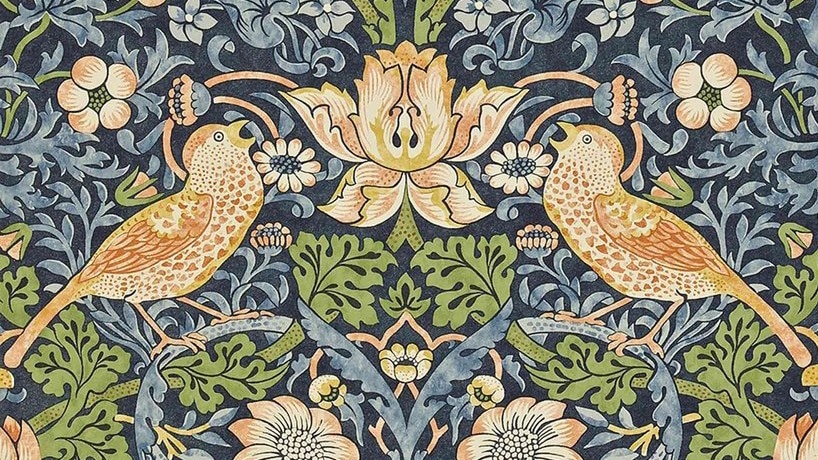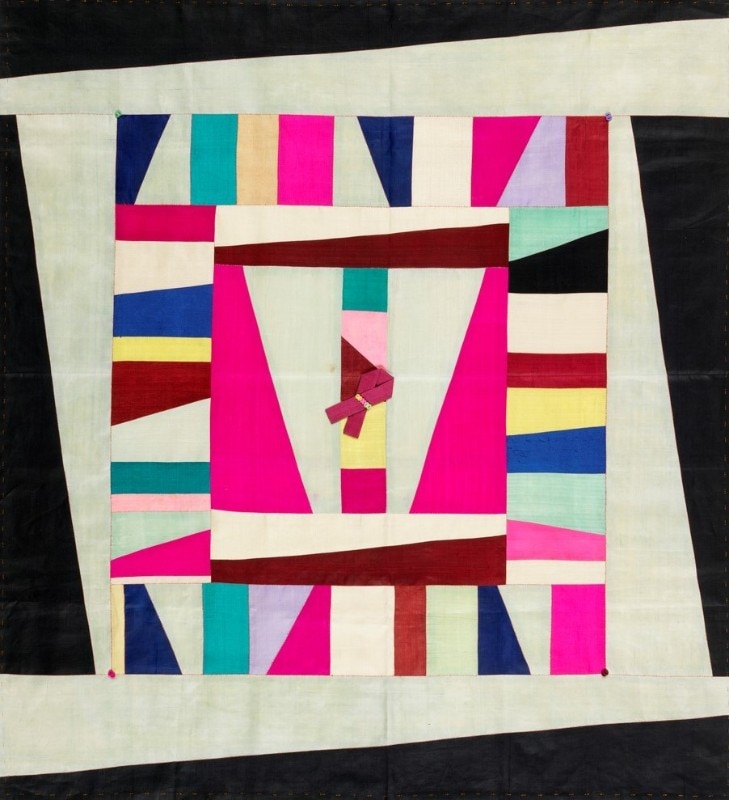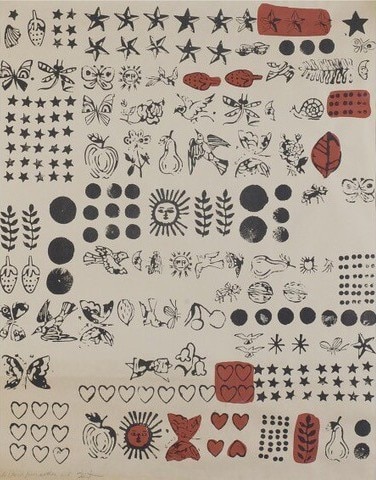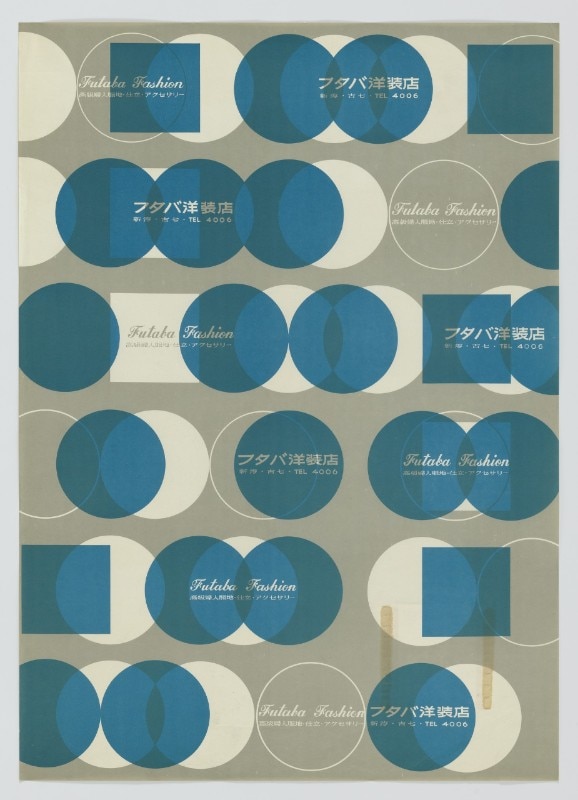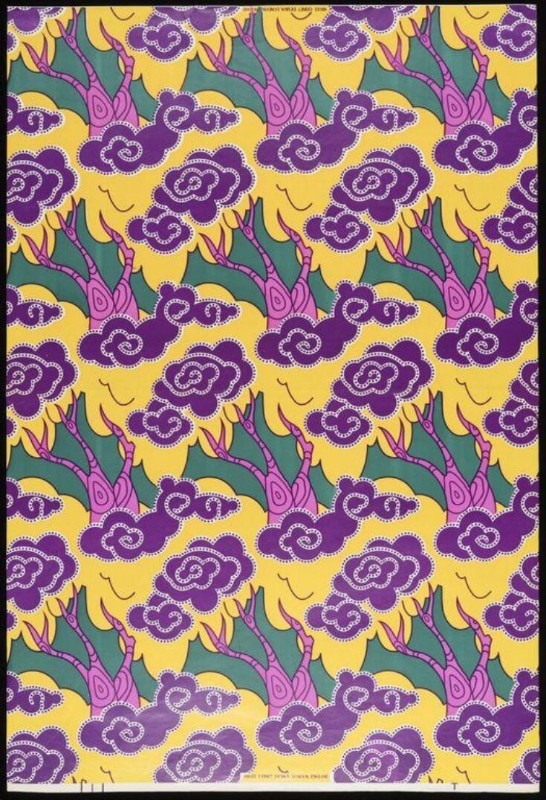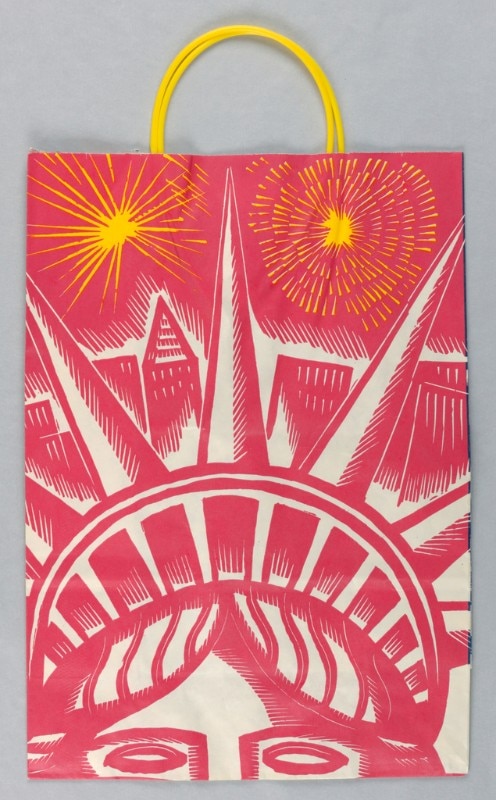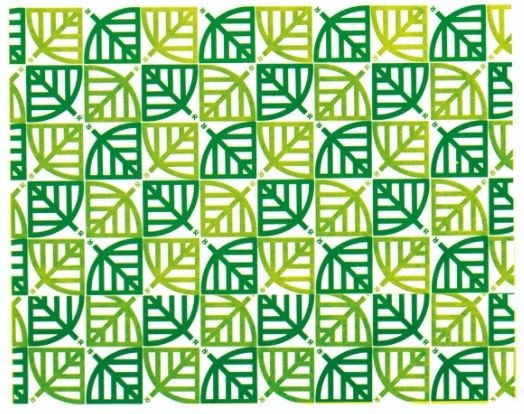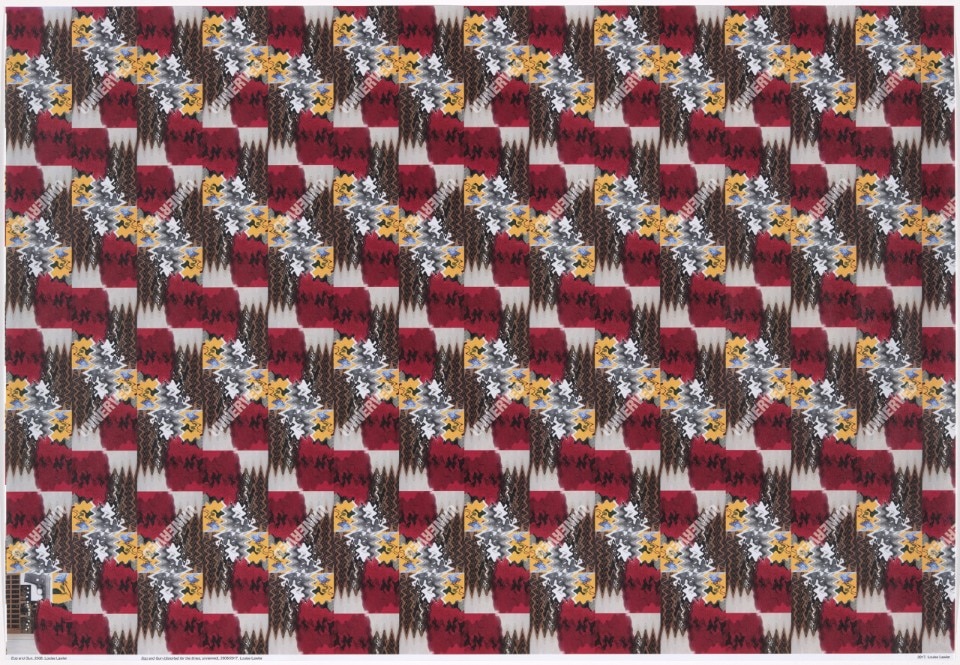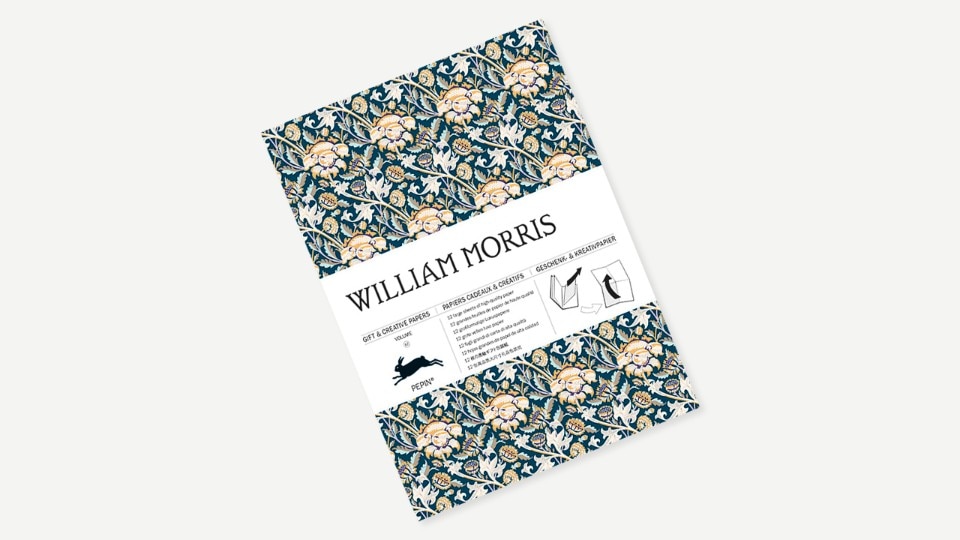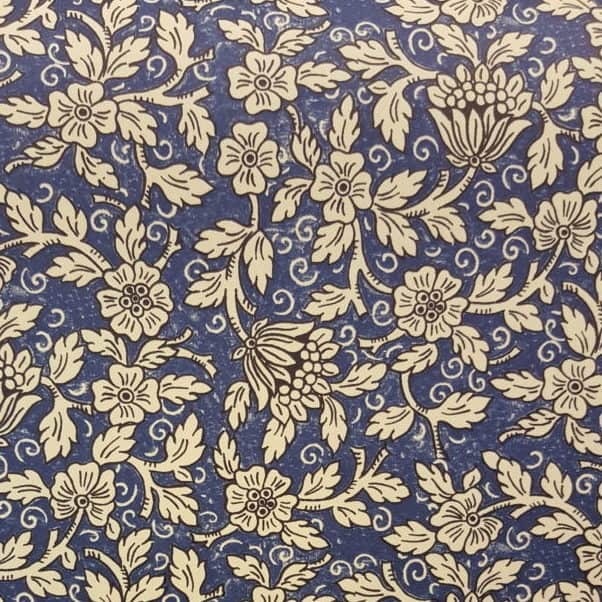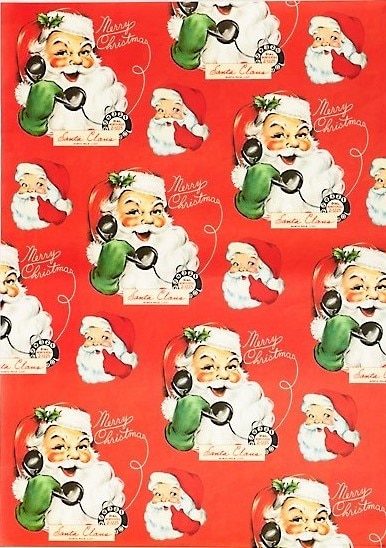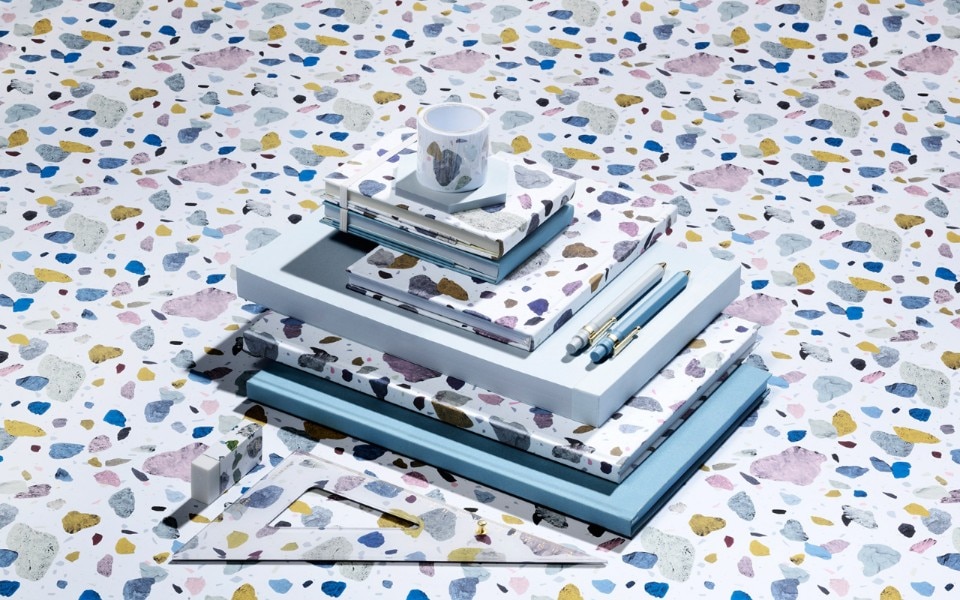The earliest forms of gift wrapping were recorded in Asia where it was generally believed that wrapping wrapping items brought good fortunes to the person who received them. In Korea the ceremonial wrapping cloth is called Bojagi and goes back to the first century A.D before it became a cultural icon in pre-modern Korea during the Joseon dynasty (1392-1897). In Japan the reusable wrapping textile are designated as Furoshiki or Fukusa for the more formal version and have been used since the Edo period. Both of these wrapping cloth are still used today and elevate the art to a remembrance ceremony.
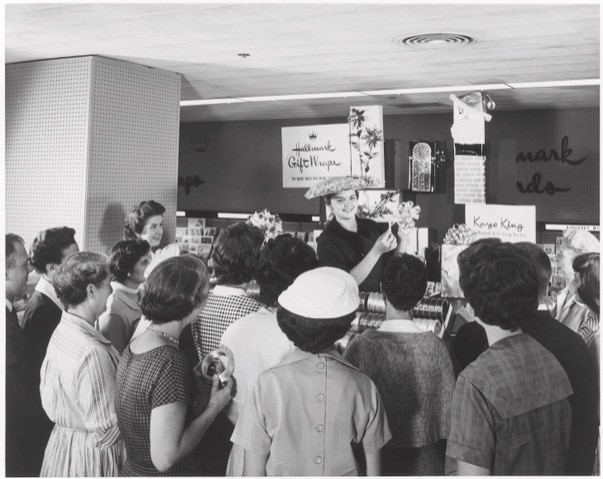
In the West, the ritual of giving gifts at Christmas is commonly accepted to have originated with the wisemen that offered their gifts concealed in elaborate decorative fabrics. However, it is not until a few centuries later that wrapping paper became a standard part of the Christmas season. The Hallmark brothers ran a stationary store in Kansas City. In 1917, the holiday season proved to be particularly good and they ran out of the tissue paper people were using to wrap gifts. Not wanting to be hampered by their success the brothers searched their warehouse and found a stack of ‘fancy French’ – paper meant not for display, but for lining envelopes. When they added that paper to their showcase, setting its price at $0.10 a sheet, it was an immediate success.
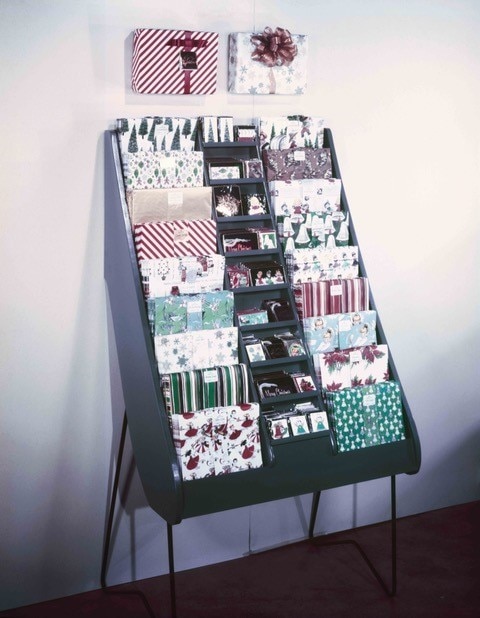
Hallmark began advertising gift wrap in the 1930s. One of the first advertisements to retailers appeared in the Hall Brothers Handy Book. In the 1950s and 1960s, Hallmark promoted gift wrap by sending gift stylist around the country for gift wrap workshops and demonstrations and began to offer boutique merchandising making it easy for shoppers to find and select their gift wrap. The rest is history.
Since the 1950s the art of wrapping has taken a myriad of forms but amid the commercial dross some brands or individuals tried to distinguish themselves with prestigious collaborations that you might not want tear.
Opening image: William Morris, “Strawberry Thief”, Pepin Press. Courtesy ©2021 Sanderson Design Group


